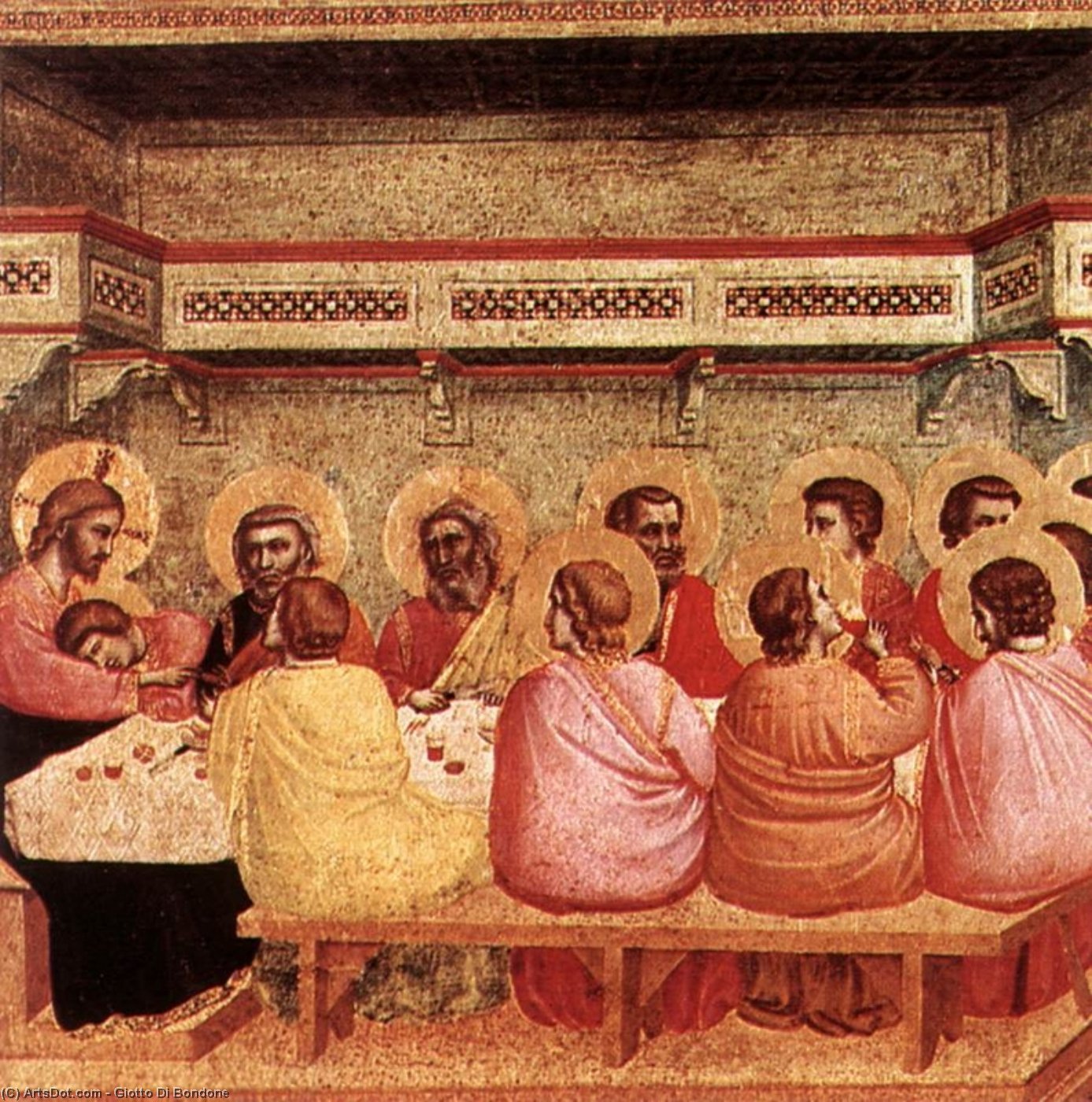
Última Cena Giotto Di Bondone La Enciclopedia de las
1295 - 1337 Italian Proto Renaissance en.wikipedia.org/wiki/Giotto_di_Bondone Order Oil Painting reproduction Article Wikipedia article References Considered one of the first of the Italian Renaissance artists, Giotto di Bondone was a talented painter and architect.
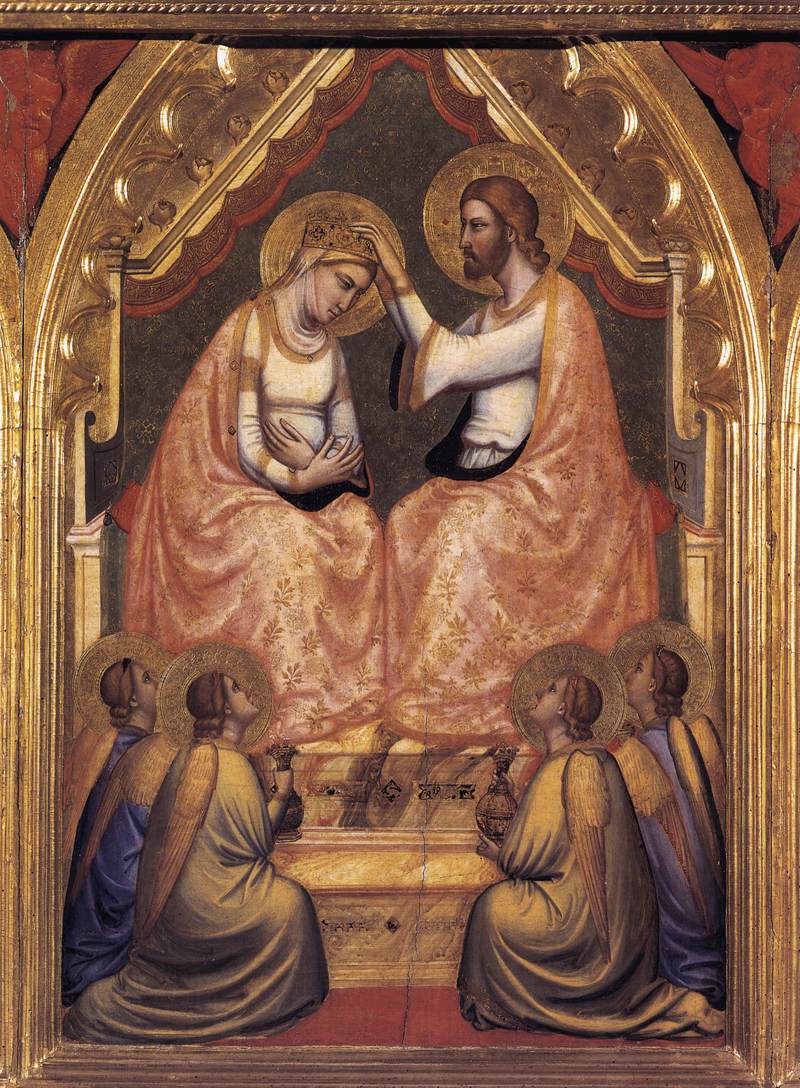
GIOTTO DI BONDONE. Baroncelli Polyptych... art magnifique
Compare and Choose Best Price, Condition, Version, Shipping and Payment Options
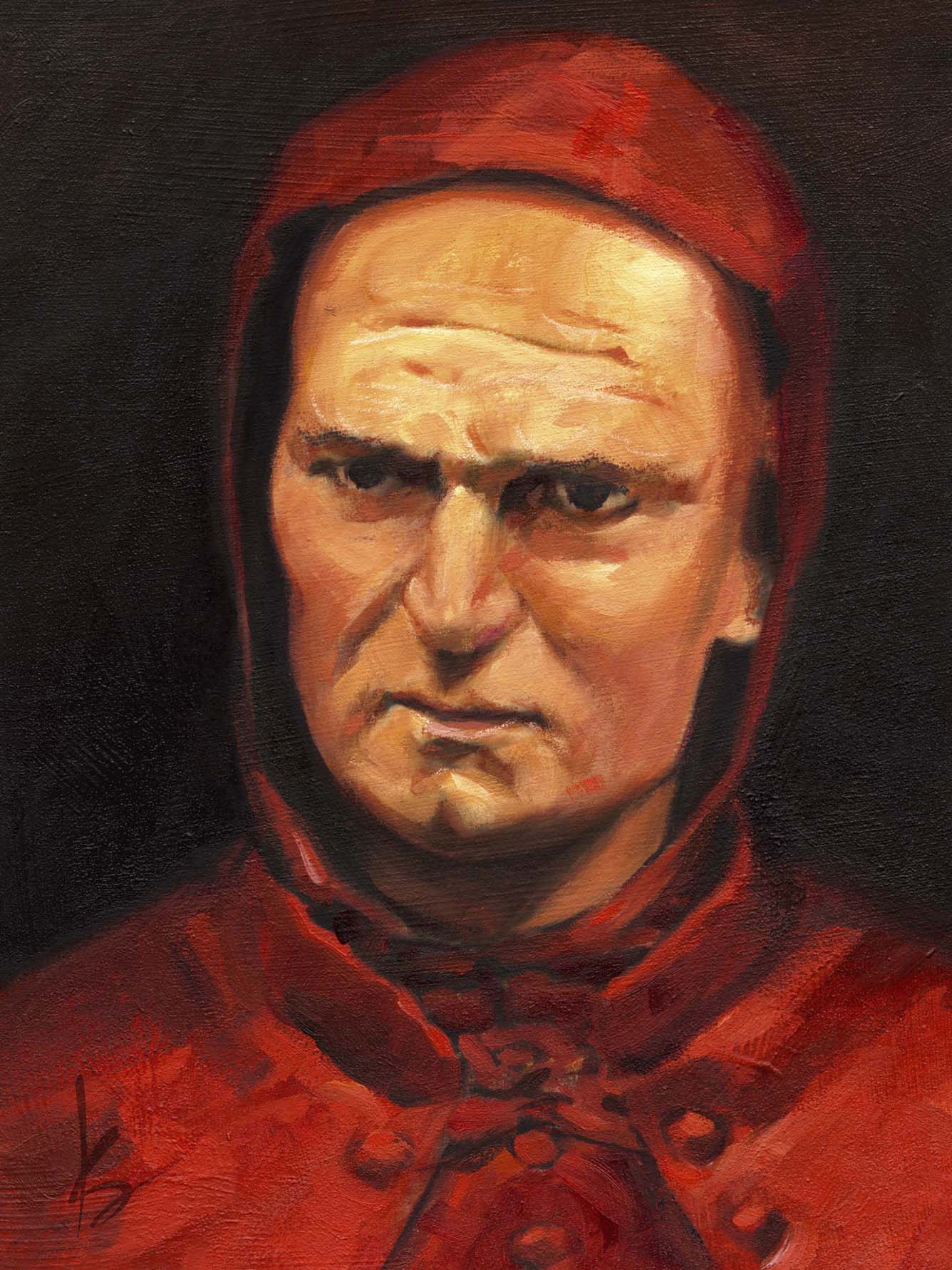
Portraits of Great Artists K. Sean Sullivan Art Blog
Giotto worked in Rome in 1297-1300, but few traces of his presence there remain today. The Basilica of San Giovanni in Laterano houses a small portion of a fresco cycle, painted for the Jubilee of 1300 called by Boniface VIII. In this period he also painted the Badia Polyptych, now in the Uffizi, Florence.
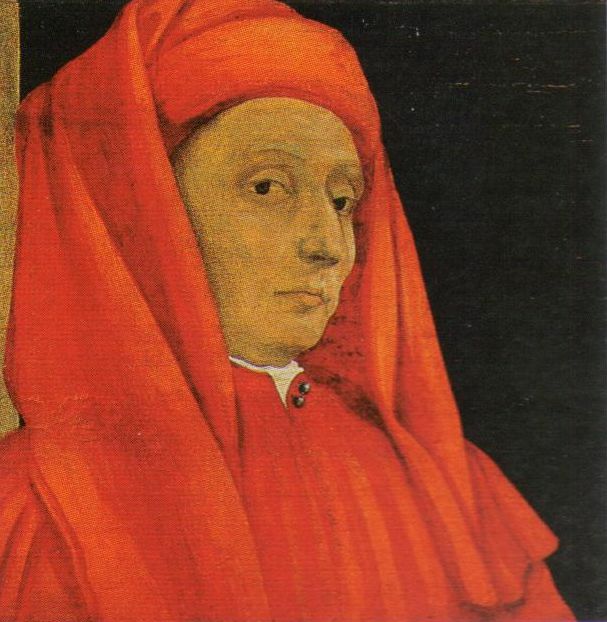
Giotto di Bondone Making a Decisive Brake with the prevalent Style
Giotto di Bondone played a crucial role in moving the European art scene onwards from the Byzantine styles towards the Early Renaissance and all that followed on from that. Late Gothic, Proto-Renaissance Period.
_giotto-di-bondone(italian-1267-1337)_giotto-di-bondone(italian-1267-1337)__50067.1557565082.jpg?c=2)
Last Judgment (Detail 9) By Giotto Di Bondone(Italian, 1267 1337) By
Giotto di Bondone ( Italian pronunciation: [ˈdʒɔtto di bonˈdoːne]; c. 1267 [a] - January 8, 1337), [2] [3] known mononymously as Giotto ( UK: / ˈdʒɒtoʊ / JOT-oh, [4] US: / dʒiˈɒtoʊ, ˈdʒɔːtoʊ / jee-OT-oh, JAW-toh) [5] [6] and Latinised as Giottus, was an Italian painter and architect from Florence during the Late Middle Ages.

FileGiotto di Bondone 086.jpg Wikipedia
Giotto di Bondone was celebrated as a pioneering artist during his own lifetime. Even the poet Dante Alighieri acknowledged him to be the leading painter of the day. Artists, writers, and scholars since have characterized his style and its legacy by two main features: an increased naturalism in representing the human figure, and architectural.
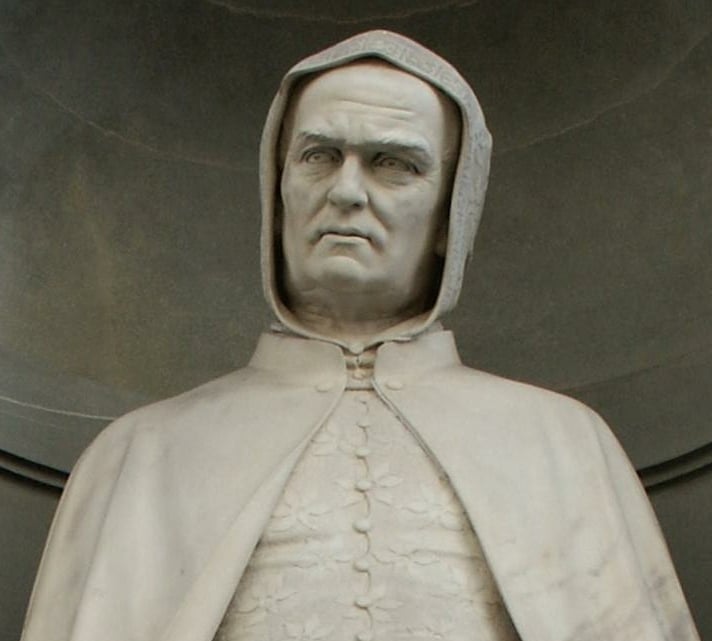
Florence di Giotto Bondone 8th Grade Renaissance Wiki (201314)
Giotto di Bondone (c. 1267-1337) was estimated to have been born around the year 1267 near Florence. According to myth, Giotto was raised in the countryside as a young shepherd, where he often drew pictures of sheep on the ground.

FileGiotto di Bondone 090.jpg Wikimedia Commons
Giotto di Bondone (ca 1267-1337) was a pioneering Tuscan painter of the 14th century. Considered among the most influential artists in Western art history, he introduced naturalism, spatial construction, and emotionality into his many paintings, including polyptychs and frescoes, such as those at the marvelous Scrovegni Chapel. Giotto himself is surrounded by an aura of mystery.

FichierGiotto di Bondone 038.jpg — Wikipédia
Giotto di Bondone Short Name: Giotto Date of Birth: 1266 Date of Death: 1337 Focus: Paintings Mediums: Tempera, Wood Subjects: Figure, Landscapes, Scenery Art Movement: Renaissance Hometown: Florence, Italy Giotto di Bondone Page's Content Introduction Biography Style and Technique Who or What Influenced Works Followers Critical Reception
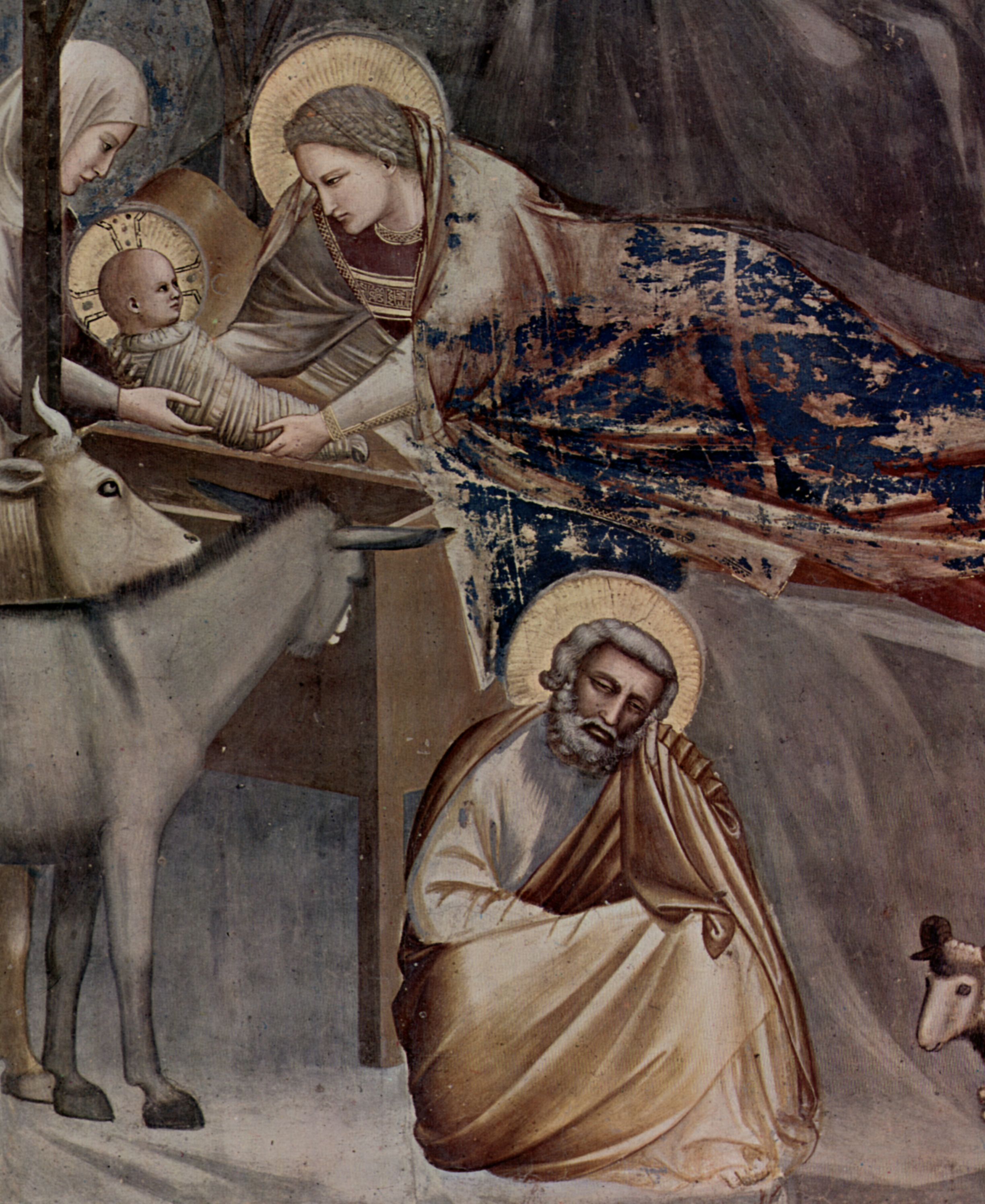
Giotto di Bondone
Giotto (di Bondone), (born 1266-67/1276, Vespignano, near Florence—died Jan. 8, 1337, Florence), First of the great Italian painters, active in Florence. He decorated chapels and churches in Assisi, Rome, Padua, Florence, and Naples with frescoes and panel paintings.
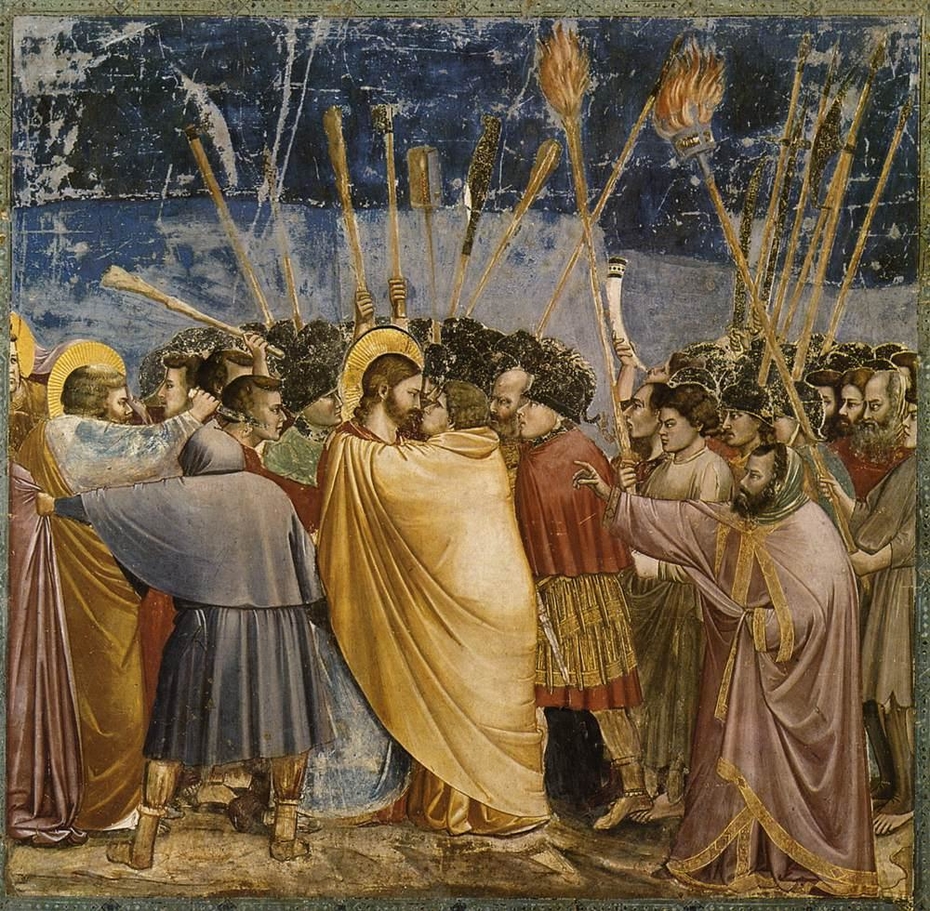
Untitled by Giotto di Bondone USEUM
The Lamentation (c. 1304 - 1306) by Giotto di Bondone is from the proto-Renaissance art period, which portrays more three-dimensionality and volume in its subject matter compared to how Christian art was painted, flat and two-dimensional, in the preceding Byzantine period. This change in art style made Giotto one of the pioneering forerunners.
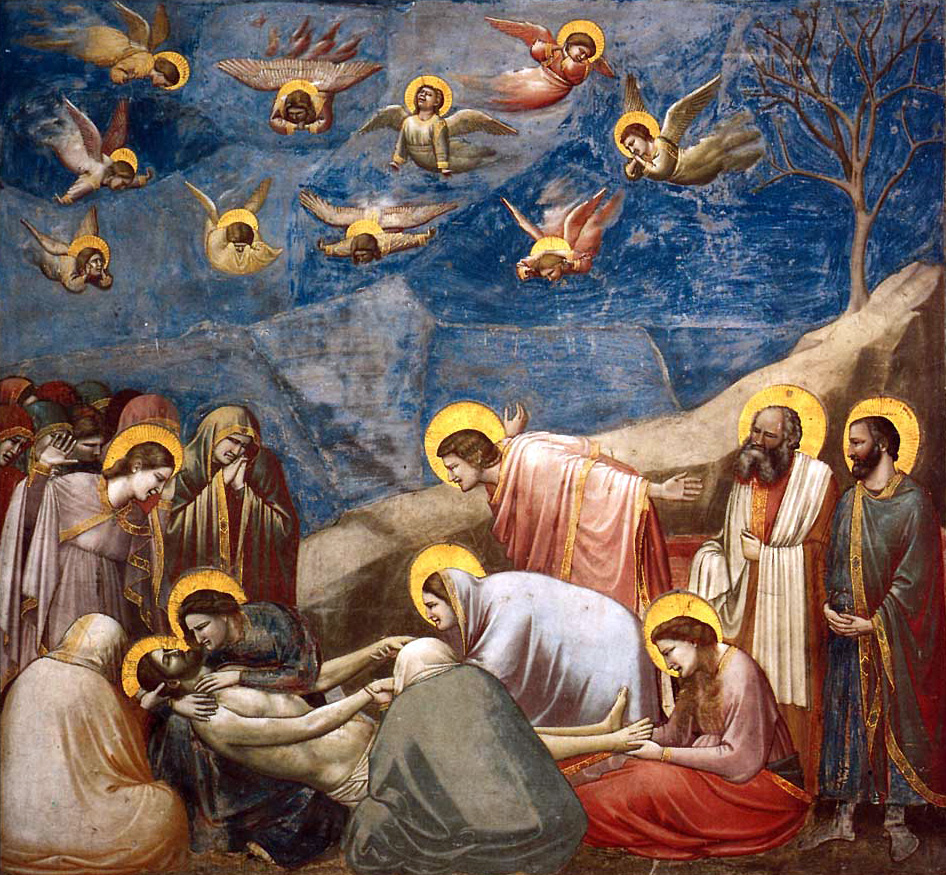
Biography and art works of Giotto di Bondone Italia Mia
Giotto di Bondone's art introduced a new age in the arts that combined spiritual antiquity with the nascent notion of Renaissance Humanism, predating by a hundred years many of the fascinations and issues of the Italian High Renaissance.

FileGiotto di Bondone 009.jpg
Giotto: frescoes in the Arena Chapel. Arena Chapel (or Scrovegni Chapel), frescoes by Giotto, 1305-06; in Padua, Italy. The frescoes are in relatively good condition, and all that has been said of Giotto's power to render the bare essentials of a setting with a few impressive and simple figures telling the story as dramatically and yet as.

FichierGiotto di Bondone 088.jpg — Wikipédia
Overview Catalogue Entry Provenance Exhibition History References Title: The Adoration of the Magi Artist: Giotto di Bondone (Italian, Florentine, 1266/76-1337) Date: possibly ca. 1320 Medium: Tempera on wood, gold ground Dimensions: 17 3/4 x 17 1/4 in. (45.1 x 43.8 cm) Classification: Paintings Credit Line: John Stewart Kennedy Fund, 1911

Giotto di Bondone Wikipedia Renaissance Artists, Renaissance Period
Giotto di Bondone Born: 1266/67 or 1276, Vespignano, near Florence [Italy] Died: January 8, 1337, Florence Movement / Style: Renaissance On the Web: World History Encyclopedia - Giotto (Dec. 11, 2023) See all related content →
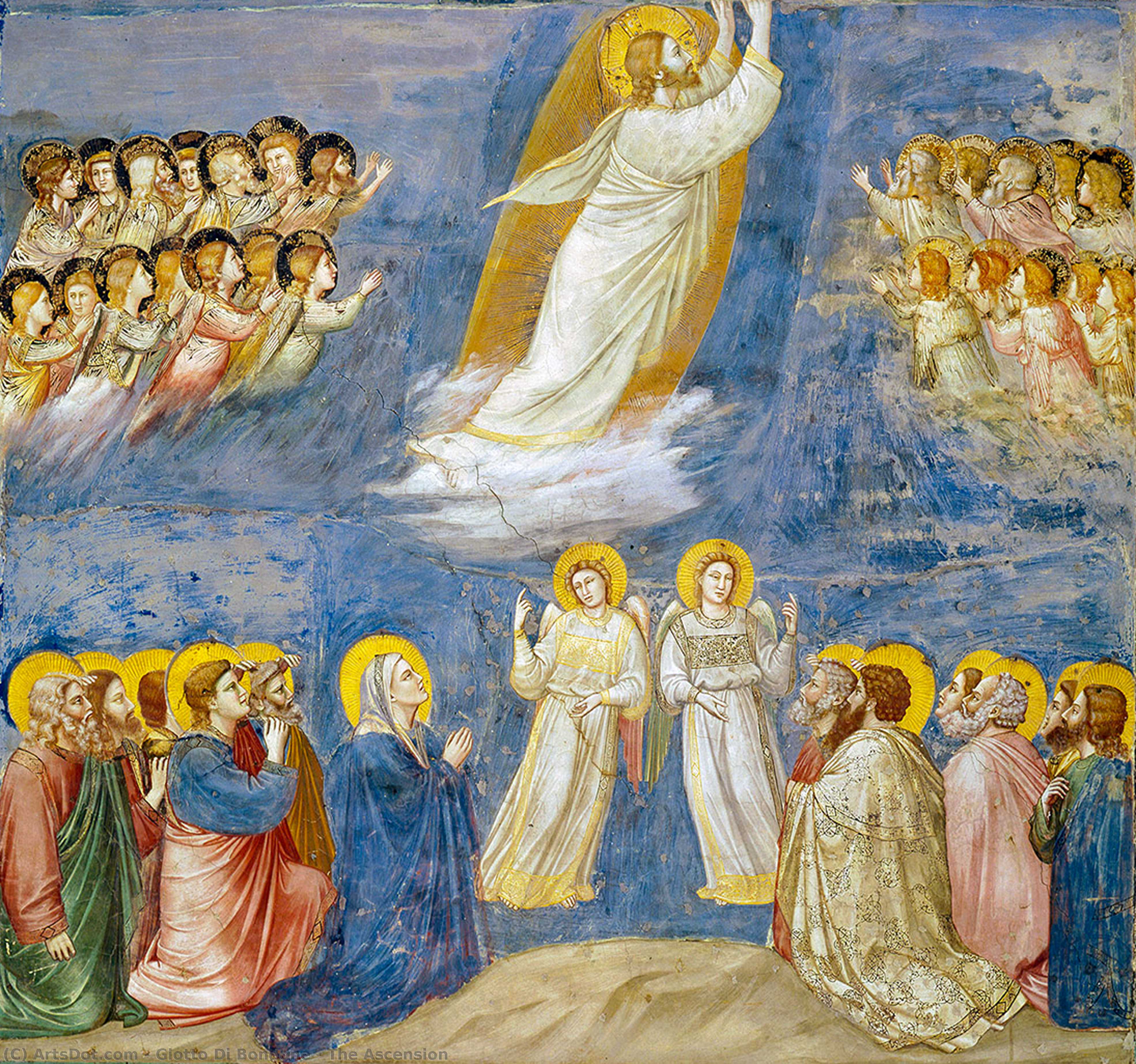
La Ascensión Giotto Di Bondone La Enciclopedia de las
Who Was Giotto and Why Was He So Important? By Karen Chernick November 23, 2023 8:49am Giotto, Lamentation (The Mourning of Christ), c. 1305 Wikimedia Commons. A fly that a Tuscan boy named.